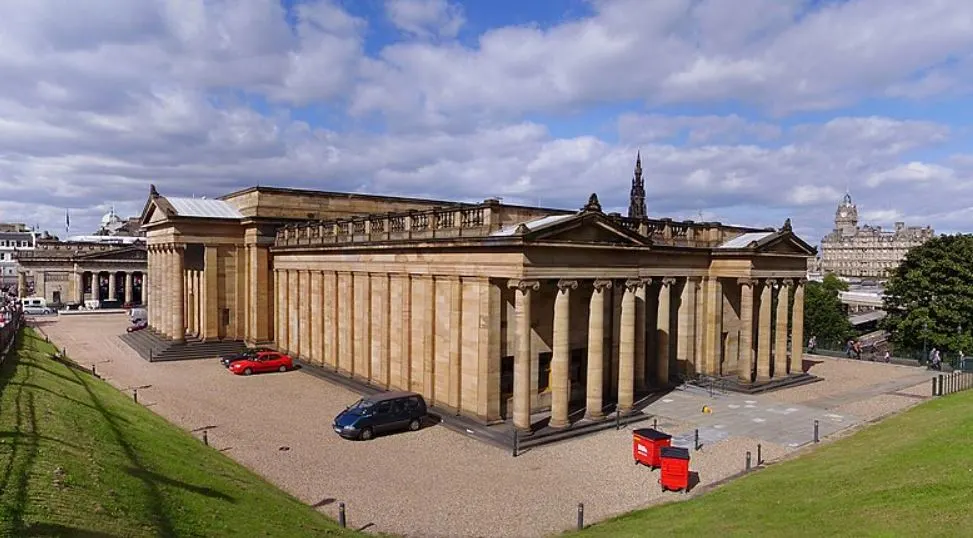If you would ask me to name my favorite landscape painters in history, then this English artist would definitely be on top of my list.
John Constable (1776-1837) enjoyed painting the scenery of the place he grew up in, and that’s why it’s now referred to as “Constable Country.”
You can literally sense how much he loved this place on the Essex-Sussex border in Eastern England because this sentiment overflows from the canvases he painted.
In this article, you’ll discover some of the most interesting facts about The Vale of Dedham, one of Constable’s ultimate masterpieces.
1. It was painted shortly before his wife died in the late 1820s
Landscape painting wasn’t the most popular genre in the early 19th century, and this was the main reason why it took a while for John Constable’s career to really take off.
He was born in the small village of East Bergholt along the River Stour, and he absolutely loved the countryside in the place he grew up.
His father was a rich corn merchant who owned the local Flatford Mill. The young Constable started painting his home country from an early age.
He once wrote:
The sound of water escaping from mill dams etc., willows, old rotten planks, slimy posts, and brickwork, I love such things.

He was finally allowed to study at the Royal Academy Schools in London in the late 18th century and learned a lot during his stay there.
John always returned home to produce landscape paintings and started exhibiting his works at the Royal Academy Exhibitions in 1803.
He completed The Vale of Dedham in 1828, the year that his wife Maria Elizabeth Bicknell died.
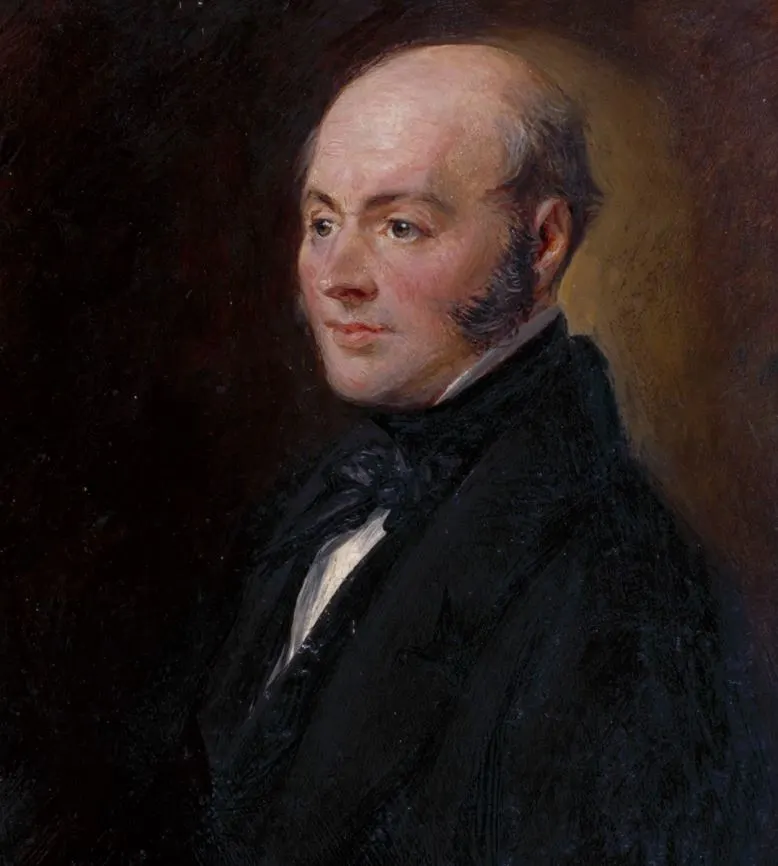
2. It depicts the view from a hill in the place where Constable grew up
This painting is one of the dozens of magnificent landscape paintings that Constable completed during his career, and it depicts the countryside he grew up in.
We can see the view from Gun Hill with the village of Dedham in the background. The River Stour winds through the beautiful landscape on the Essex-Sussex border.
His father’s windmill was located just nearby and upon closer inspection, we can see the church of Dedham village sticking out in the distance.

3. He already painted smaller similar works nearly 3 decades earlier
This particular view with trees in the foreground and with Dedham in the distance was something that Constable already painted several times in the early 19th century.
He completed at least 3 smaller versions in 1802 which are housed at the Victoria & Albert Museum in London, the Yale Center for British Art in Haven, Connecticut, and the Kōriyama City Museum of Art in Japan.
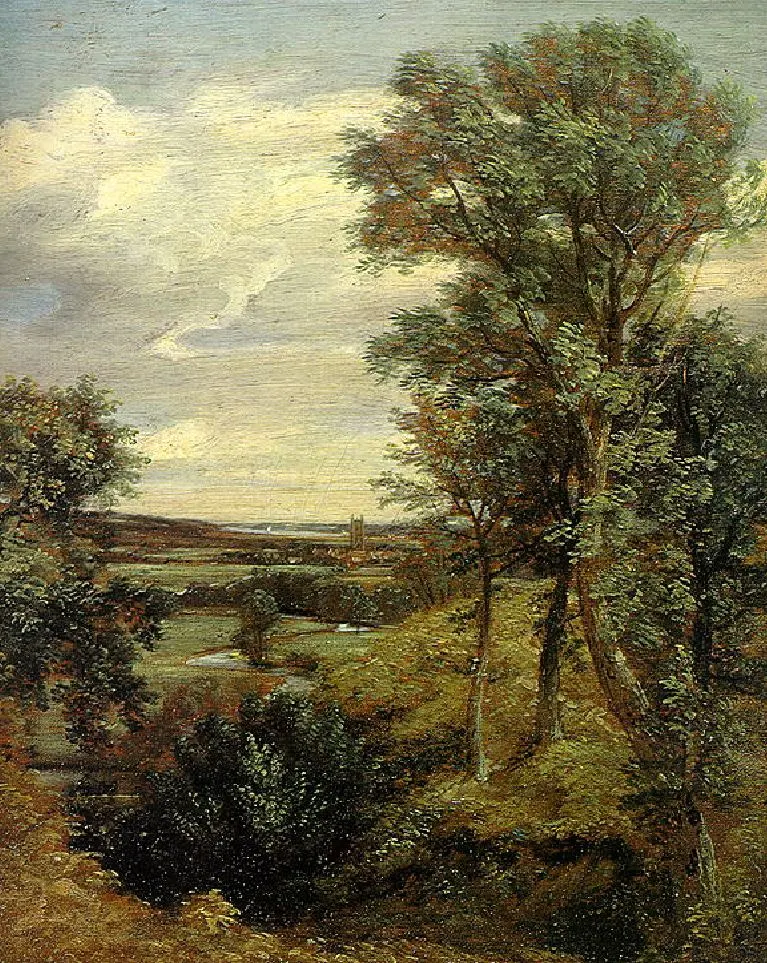
A painting that he completed in 1810 shows that he was still experimenting with different techniques at the time.
This oil-on-board painting at the Daytona Art Institute significantly differed from Constable’s mature style that we can admire in The Vale of Dedham.

4. Constable was probably inspired by a work by a renowned French painter
Although the paintings by John Constable became highly influential in the 19th century, especially for the members of the Barbizon School in France, he was preceded by a French painter over a century earlier.
Many paintings by Claude Lorrain can easily be classified as such. Regardless, he often added small figures which transformed them into religious or mythological paintings.
Constable was influenced by Lorrain and borrowed the composition with trees in the foreground and a landscape in the distance from the French master.
More particularly, the composition of The Vale at Dedham looks strikingly similar to that of Lorrain’s “Landscape with Hangar and the Angel” (1646) which is on display at the National Gallery in London.
This work was in the collection of his patron Sir George Beaumont at the time.

5. The painter used a particular technique to highlight the sunlight’s reflection
John Constable was going through a hard time in his life during the final years of the 1820s. His wife was terribly ill and she passed away in November 1828.
This is reflected in the dramatic skies that can be found in his paintings of this period. This also clearly differentiates his oeuvre from that of Lorrain.
This work is especially significant because Constable applied thick paint in combination with small touches of white to ensure a perfect reflection of the sunlight.
He closely observed nature and this is highlighted in the area in the foreground of this mesmerizing work of art.
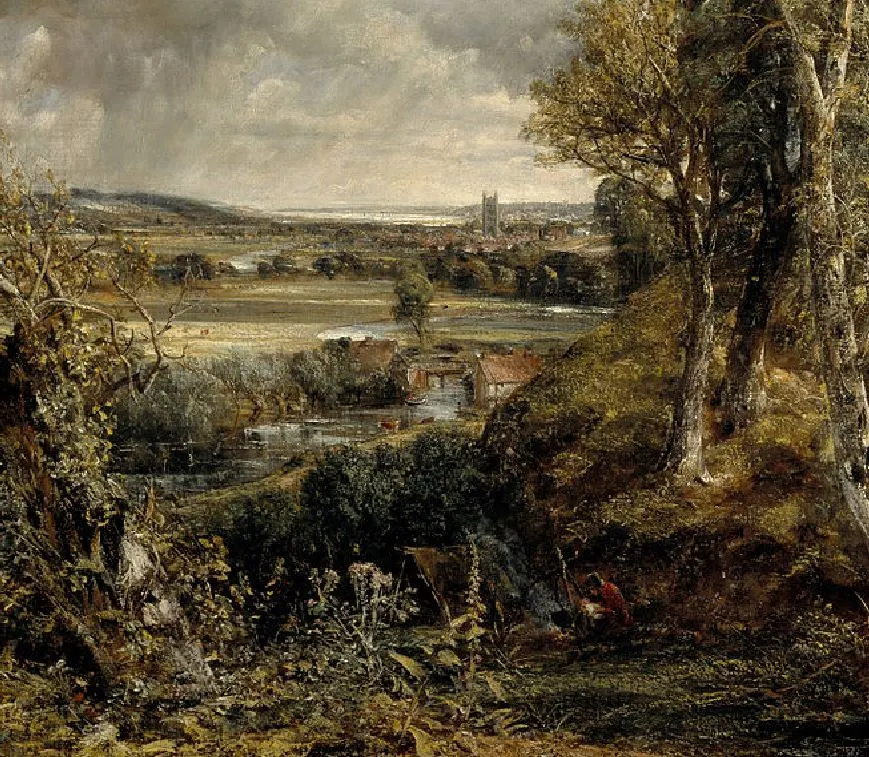
6. It was an important work in the artist’s oeuvre for a particular reason
John Constable became an established painter at the Royal Academy at the end of the second decade of the 19th century.
This is remarkable because he already submitted high-quality paintings for the annual exhibition ever since 1803.
Even more remarkable is the fact that he only became a full member of the Royal Academy in 1829, the year after he completed this painting.
Constable was already 52 years old at the time. His rank was elevated to Visitor of the Academy 2 years later in 1831 and he spent the final years of his life lecturing about landscape painting.
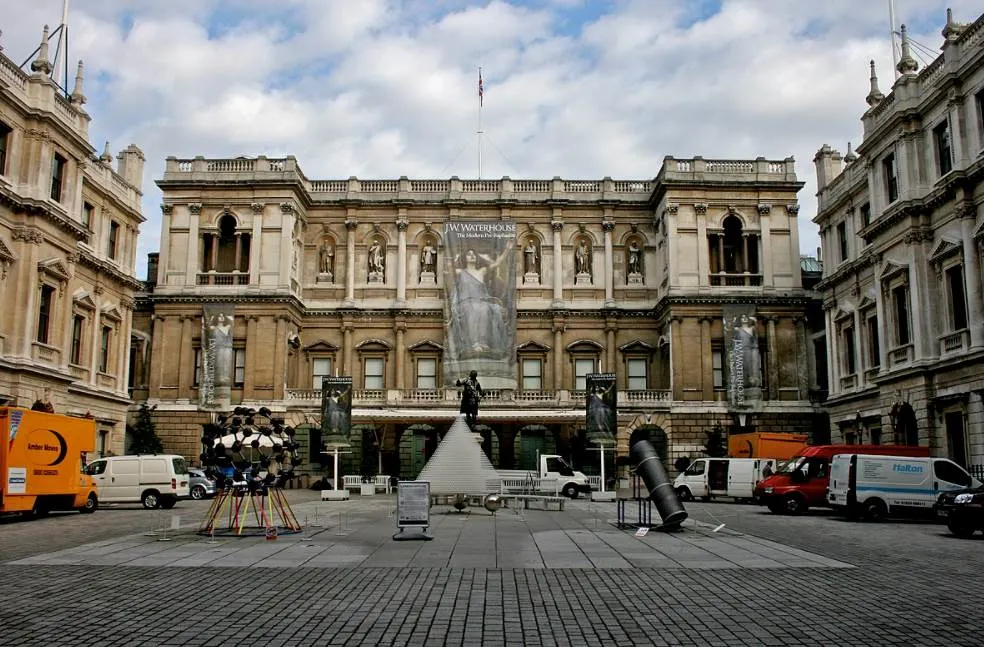
7. How big is The Vale of Dedham by John Constable?
Some of his most notable works are his so-called Six Footers, a collection of several paintings that were much larger than the paintings he completed initially.
The Vale of Dedham isn’t a Six Footer but still a medium-sized oil on canvas painting that has dimensions of 144.5 × 122 centimeters (56.9 × 48 inches).
8. Where is Constable’s beautiful painting located today?
John Constable described The Vale of Dedham as “perhaps one of my finest works,” and that’s quite an interesting notion.
This also means that it’s one of the major attractions at “The National,” a museum that was formerly known as the Scottish National Galleries.
